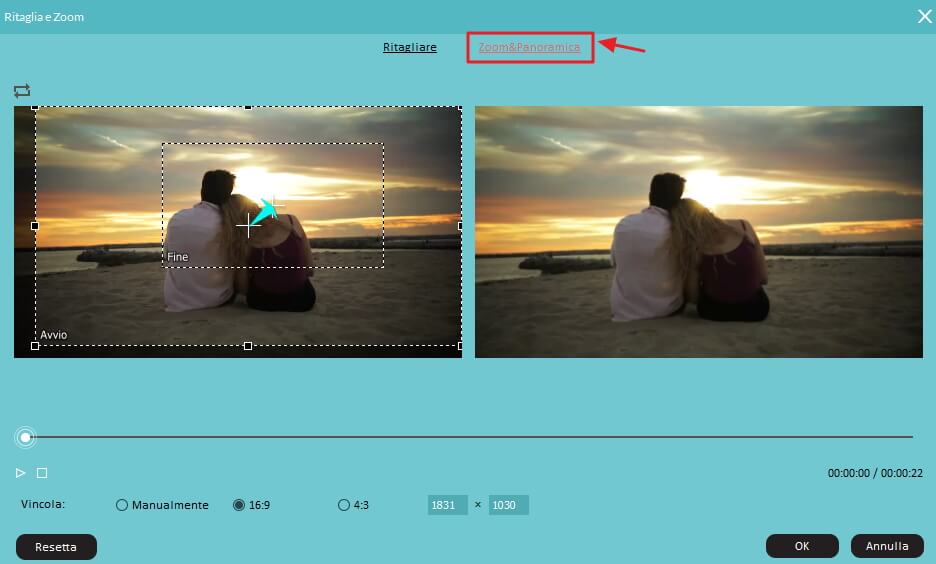

Resize the bottom adjustment layer so it begins with the second video clip, and ends with the top adjustment layer.
Duplicate the adjustment layer to the track above. Resize the adjustment layer so it overlaps both clips you’re transitioning between. Right-click in your Project panel and choose New > Adjustment Layer and drag it to your Timeline. Here’s an example of the smooth zoom transition effect created with this clip and this clip. It consists of a zoom movement applied to two clips that appears to continue from one clip to the next. The Smooth Zoom is a transition effect popular with vlogs and other quick cuts. Add in camera shutter sound effects, and you’re basically as good as those pros who edit Scandal. Watch it back in real-time and make any adjustments. Step 6: Review and the finishing touches to the effect The Timeline will look something like this:. Right-click the fx icon and select the keyframed property you want to view. To view them in the Timeline as well, use the Timeline handles to view tracks larger. Tip: Keyframes for the selected clip will always display in the Effect Controls panel. Select the two keyframes-in either the Effect Controls panel or the timeline-and drag them into position right after the first animation. Copy and Paste the Transform effect to the next track. Trim the excess footage from the end of the clip. Move the playhead forward 4 or so frames and adjust the Position property so the clip is up and out of the frame.  Using the Position property under the Transform effect ( not Motion), toggle animation (the stopwatch) to set your first keyframe. Note: You can use the Transform effect in lieu of the Motion adjustment to create motion blur in a standard zoom as well. This will create motion blur when you animate. Then in the Effect Controls panel, uncheck “use composition shutter angle” and set it to 180. In the Effects panel, find the Transform effect and drag it to the first clip. You can hide tracks with the eyeball icon while you work. Use the Scale property in the Effect Controls panel to scale up each clip a little bit more than the last. Duplicate the clip by Option + dragging (Alt on a PC) the clip straight up in the timeline. Typically around three or four cuts will do the trick. Duplicate your clip as many times as you want the effect to zoom in. Step 1: Duplicate the Clip on the Timeline We’ll use this clip to create this effect in the example below. It’s often used as a transition effect in journalistic, investigative, or true crime content.
Using the Position property under the Transform effect ( not Motion), toggle animation (the stopwatch) to set your first keyframe. Note: You can use the Transform effect in lieu of the Motion adjustment to create motion blur in a standard zoom as well. This will create motion blur when you animate. Then in the Effect Controls panel, uncheck “use composition shutter angle” and set it to 180. In the Effects panel, find the Transform effect and drag it to the first clip. You can hide tracks with the eyeball icon while you work. Use the Scale property in the Effect Controls panel to scale up each clip a little bit more than the last. Duplicate the clip by Option + dragging (Alt on a PC) the clip straight up in the timeline. Typically around three or four cuts will do the trick. Duplicate your clip as many times as you want the effect to zoom in. Step 1: Duplicate the Clip on the Timeline We’ll use this clip to create this effect in the example below. It’s often used as a transition effect in journalistic, investigative, or true crime content. 
Shutter Zoom Transition EffectĪ Shutter Zoom effect emulates a camera shutter, as though the camera is taking still photos and zooming in further on the subject for each shot. Level up with transition effects or create a visual drama with a digital dolly zoom.
PAN ZOOM VIDEO PLAYER PRO
Part 2: 3 Cool Premiere Pro Zoom Effects to Tryĭigital zooms in Adobe Premiere Pro can go beyond a simple zoom in and out.
To create a zoom out, just set your first keyframes at the beginning of the clip, and adjust the Scale and Position properties so the clip is zoomed in to start. Try to Ease Out for the beginning of the movement, and Ease In for the end. To create more of a non-linear motion, select your first keyframes and right-click for a few options. You might notice the move seems to start and stop abruptly. To slow it down, move them farther apart. To make the movement quicker, move the keyframes closer together. Play it back in real-time and make any adjustments. New keyframes will be recorded as long as keyframing is on. Move the playhead to the spot where you want the movement to end and adjust the Scale and Position properties so you’re zoomed in and framed up around your subject. The stopwatch will be blue when keyframing is on, and any further adjustments made to those properties will be recorded via keyframe. Click the stopwatch to turn on keyframing and set a keyframe for both Scale and Position. Open the Effect Controls panel and locate the Scale and Position properties. Select a clip in your timeline and position the playhead where the movement will begin. Step 1: Set the Starting Point for Your Zoom 
For best results, use high-resolution video for this effect. Note: Keep in mind that zooming in will result in some loss of quality in your footage. For this example, we’ll zoom in on this clip of a coffee cup if you want to follow along! Digital zoom in Premiere Pro is a simple animation in which a clip is scaled up.








 0 kommentar(er)
0 kommentar(er)
